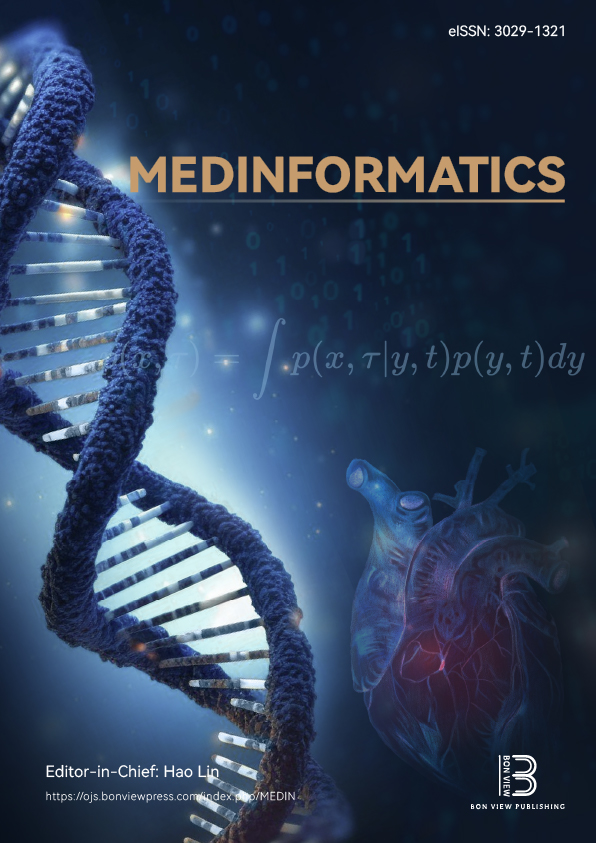Elucidating and Confirming the Substrate and Cofactor Binding Site of RetSat and Identifying the Optimal Cofactor for Retinol Saturase – A Computational Insight
DOI:
https://doi.org/10.47852/bonviewMEDIN52023586Keywords:
retinol saturase, NADH docking in RetSat, retinol-ATRA conversion inhibition, RetSat 3D atomic structure, RetSat inhibitors for cancer therapyAbstract
Retinol saturase (RetSat) is an enzyme that inhibits the conversion of all-trans-retinol to all-trans-retinoic acid (ATRA), which is crucial for protecting cells against malignancy. Despite its significance, no effective inhibitors targeting RetSat currently exist, and limited knowledge about its structure, cofactor, and substrate binding has hindered inhibitor design. In this study, we utilized computational techniques to reconstruct and validate the 3D atomic structure of RetSat, identifying its cofactor and substrate binding sites. NADH was determined to be the optimal cofactor and successfully docked into its binding site, followed by docking of retinol into the substrate-specific site. Analysis of the equilibrated complexes revealed key amino acids involved in cofactor and substrate binding, enabling the identification of potential catalytic residues. This study provides validated insights into RetSat’s structure and interactions, offering a foundation for designing RetSat inhibitors as potential anticancer agents and advancing the understanding of its role in cancer biology, thus paving the way for targeted therapeutic strategies.
Received: 10 June 2024 | Revised: 10 October 2024 | Accepted: 22 January 2025
Conflicts of Interest
The authors declare that they have no conflicts of interest to this work.
Data Availability Statement
The data that support this work are available upon reasonable request to the corresponding author.
Author Contribution Statement
Virangi Tharika Hewage: Software, Validation, Investigation, Data curation, Writing – original draft, Visualization. Ranga Srinath Jayakody: Conceptualization, Methodology, Validation, Formal analysis, Resources, Data curation, Writing – review & editing, Supervision, Project administration, Funding acquisition. Anura Jayasooriya: Formal analysis, Resources, Data curation, Writing - review & editing, Visualization, Supervision. Tharindu Senapathi: Software, Formal analysis, Resources, Data curation, Writing – review & editing, Visualization, Supervision. Krishna Govendar: Software, Formal analysis, Resources, Data curation, Writing – review & editing, Visualization, Supervision.
Downloads
Published
Issue
Section
License
Copyright (c) 2025 Authors

This work is licensed under a Creative Commons Attribution 4.0 International License.
How to Cite
Funding data
-
University of Sri Jayewardenepura
Grant numbers ASP/01/RE/SCI/2018/19


